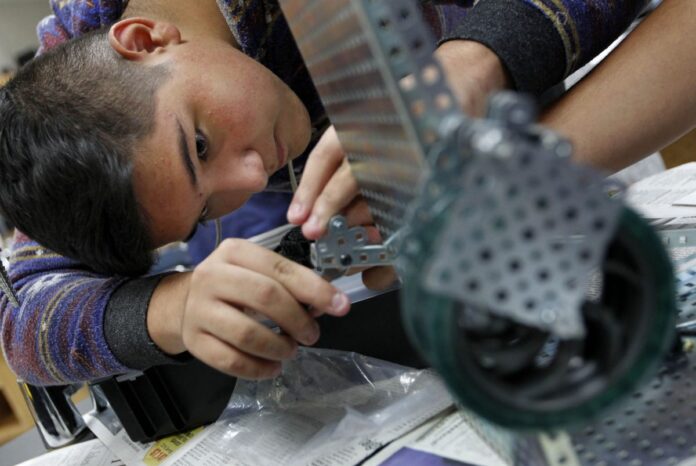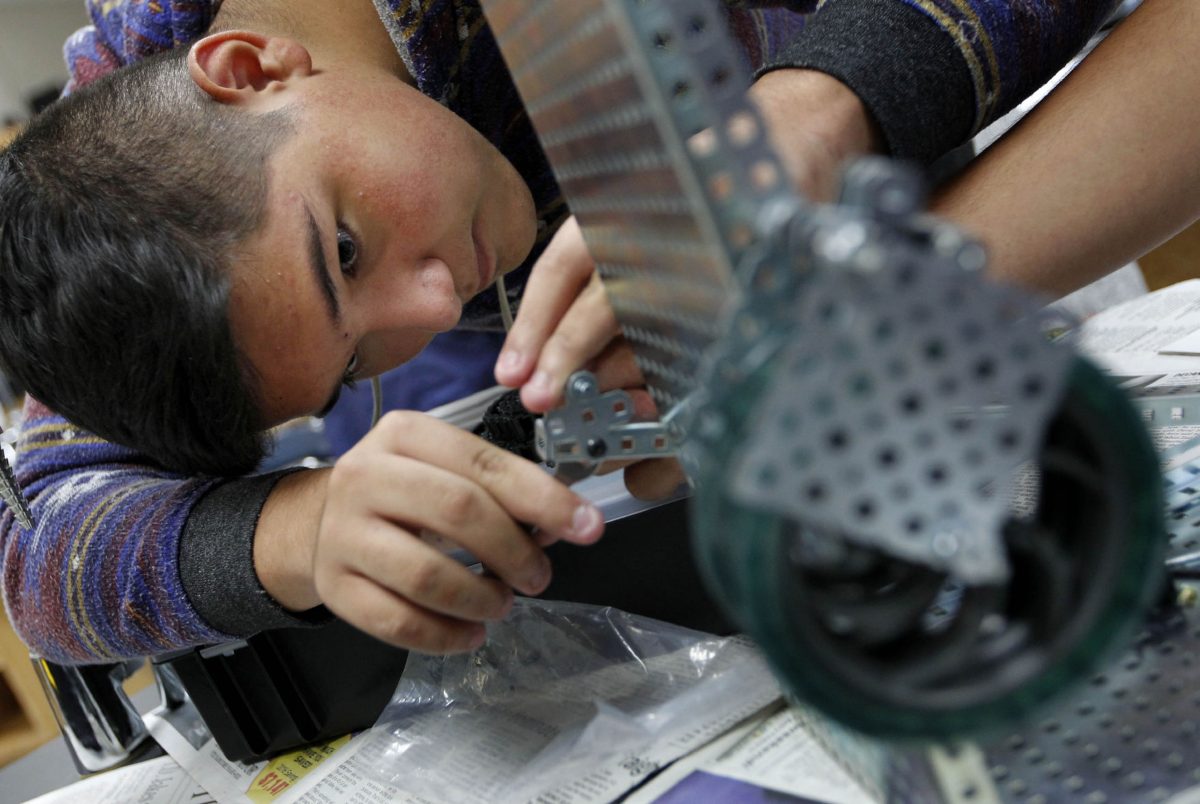MISSION — In a somewhat uncommon approach to resolving a potential enrollment decline, Sharyland Independent School District officials recently opted to marginally open the door to out-of-district students for the first time in about 15 years.
The one caveat: a $2,500 annual tuition.
This week, the Sharyland ISD Board of Trustees approved a plan that allows the district to become an open-enrollment district under the condition of a strict application process and tuition charges.
“It’s a year-to-year decision,” said Sharyland ISD Superintendent Robert O’Connor. “We just decided to dabble in the market and see what was out there and if it can benefit our school district.”
The district’s main concern will continue to be serving students from within its district boundaries, he explained, so there will also be a limit on how many additional students can be accommodated in each grade level. Transfer students will also be placed in schools selected by the district, and parents or guardians must agree to provide transportation.
The applications to join the district with an enrollment of approximately 10,000 students will be reviewed by administrators, as students must show clean records as far as attendance and discipline, as well as high scores. There will be a set fee of $1,250 each student per semester.
This, O’Connor noted, is a way to ensure that the students the district would be willing to accept are academically prepared and driven.
“We want to allow students in that are very intentional about being great academic scholars (and) have a solid academic background,” he said. “I don’t know how other districts do it, but we are going to be very selective.”
Compared to neighboring districts in Hidalgo County, Sharyland is in a unique situation being the only one that, up to now, has remained a closed-enrollment district. Most school districts in the surrounding areas not only have open-enrollment but are fiercely competing for students with public school districts and charter schools.
For instance, the neighboring Mission Consolidated Independent School District — which enrolls about 15,700 students — has maintained open enrollment both within the district, as students can transfer to different schools within the district, and also those outside its limits. To control overflow, however, there is a cap on the number of students allowed to transfer per campus.
“Open enrollment makes it easy,” Mission CISD Superintendent Ricardo Lopez said. “We are in a competitive market with charter schools and they are open enrollment, so it only makes sense to make us available to anyone who wants to come our way… It also ensures that schools compete at very high levels.”
Even as the two districts serve the city of Mission and other surrounding areas, the demographics of each area are different. Mission CISD has a total of 83.8 students considered economically disadvantaged, while Sharyland ISD has 60 percent of its students under this category.
In the case of Mission CISD, Lopez said charging tuition would not be an option as he believes that if parents were to pay it would more than likely be for a private school.
Sharyland school district officials have noticed a decline in enrollment in recent years, mainly for elementary school grades and below. This means there are not enough young families moving into the district boundaries, which is not an unexpected occurrence, according to Carolyn Mendiola, assistant superintendent for student services.
A recent demographic study showed homes in the area are mainly occupied by older families and there is an increase in senior housing developments.
“Families have been here for a long time, and their kids are gone, their kids have graduated,” Mendiola said. “They are still living in the community, but they don’t have children in the school system anymore. We also have a lot of 55-and-older communities… so that says something about the people wanting to stay in this community, but their children are gone.”
Even as the enrollment is stable at the moment, Mendiola and O’Connor said they know that as the smaller elementary classes go up the latter, they might have a decline in overall enrollment. Testing alternative options to keeping the district mostly closed, as far as enrollment, is more of a proactive approach, they said.
Just as they adopted this new initiative this year, the approach might change in the coming years as they weigh options on how to better market the district to fill in those gaps.
Even as the district will be carefully screening applicants, a common point of judgment when it comes to charter schools selecting students, O’Connor assured transfers with high academic achievements will not take precedent over in-district students, as these will remain their priority regardless of their record.
“We are not going to max out classrooms or facilities to meet a transfer need,” O’Connor said. “We are just opening our doors up to choice, and if you like our product and meet our standard then you are welcomed to apply.”








